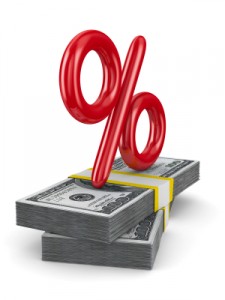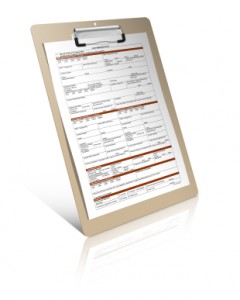 Credit cards can be a sound financial tool when used wisely, but wisdom and shopping unfortunately do not always go hand in hand. Credit cards are also a major source of debt for most Americans, and some look to loans to provide relief from high interest rates. However taking out a loan for credit cards is only a good idea if it will save you money in the long run.
Credit cards can be a sound financial tool when used wisely, but wisdom and shopping unfortunately do not always go hand in hand. Credit cards are also a major source of debt for most Americans, and some look to loans to provide relief from high interest rates. However taking out a loan for credit cards is only a good idea if it will save you money in the long run.
Find credit cards to consolidate your debt so you don’t need a loan by using the FREE credit card finder now!
A loan also has interest rates that must be paid on top of the loan amount, but they are usually lower than credit card interest rates. There are also other options besides a loan for relief from high interest credit card debt, but the bottom line is that all credit needs to be used responsibly for you to procure financial freedom.
Loan vs. Credit Card Interest Rates
All major types of credit include an annual percentage rate, or APR, that must be repaid in addition to the amount borrowed. This is how credit card companies and banks make a profit with lending.
Many different factors affect the APR of both credit cards and loans.
The prime rate, regional rates, type of lender you are using and your credit score all affect the APR of the credit that is extended to you. Those with a high credit score will get the best APRs on credit cards, auto loans, and personal loans. Those with poor credit will only qualify for higher APRs to offset the risk of nonpayment.
Traditionally, the APR on loans from financial institutions such as banks and credit unions are lower than the APRs of most credit cards. The Federal Reserve calculated that the average interest rate for credit card loans in the fourth quarter of 2011 was 12.36%. Conversely, the average interest rate on a 24-month personal loan for the same period was 10.52%. To sum up the difference just in average rates, $1,000 borrowed on a credit card would generate $123.60 in interest, and the same amount borrowed through a personal loan would create $105.20 in interest.
However, not everyone is paying average interest rates, and rates can vary greatly depending on the factors such as your credit score or your payment history. A late payment on a credit card could lead to a penalty interest rate of 20% and higher.
 Reasons to Take Out a Loan
Reasons to Take Out a Loan
Taking out a loan to pay for credit card debt is a bit like robbing Peter to pay Paul, and it is really a last-ditch financial move. It is only a good idea if your credit card debt is out of control due to high interest rates. Taking the $1,000 borrowed in the example above, the difference between the average credit card APR and the average loan APR won’t even save $20. If the example were increased to $10,000 borrowed, the difference between the two wouldn’t even amount to $200.
However, if your credit card’s APR is really high, such as from a penalty interest rate of 29.99%, then a personal loan at the average rate or lower could generate some savings. If you are paying 29.99% on $1,000 on your credit card, the interest is costing you $299.90. Increase the amount to $10,000, and it costs $2,999. A personal loan at 10.52% for $10,000 would cost $1,052 in interest; the savings add up to almost $2,000.
In such an instance, getting a loan to pay for credit card debt could save some serious money.
The above numbers are examples, the difference between your credit card’s APR and the lowest APR for a loan that you can get will vary. Looking at the different interest rates and crunching the numbers to show long-term savings are the first step. Interest calculators, such as the one at SmartMoney.com will help you to see the difference in interest charges, especially when you start to factor in different monthly payments.
Other Options for Paying Credit Card Debt
There are other financial options available for paying off high-interest credit card debt, but like all thinks financial, they require careful consideration of the pros and cons. Common options include:
- Transferring your balance to a new credit card with a low introductory rate for balance transfers. This is a good idea if you can pay the balance off in the introductory period. Expect to pay around 3% of the transfer amount in fees.
- Borrowing from a retirement account. Again, this can be a sound move if you can pay it back.
- Refinancing your home mortgage or getting a home equity loan. The rates and fees that accompany such refinances should be considered before following this route.
- Using a debt consolidation company. Research the company beforehand to make sure they are on the up and up. Any company that promises to erase debt in a short amount of time is probably a scam.
All of these options still involve credit, and the bottom line is that most people need to look at the spending habits that got them into debt in the first place. Unless those spending habits change, any further borrowing, refinancing or consolidation will likely fail miserably and create even more debt. Consumers must first buy within their means and secondly pay off balances every month.
Lastly, everyone should look at credit card options now with the FREE credit card chaser tool for the best rates and terms!








